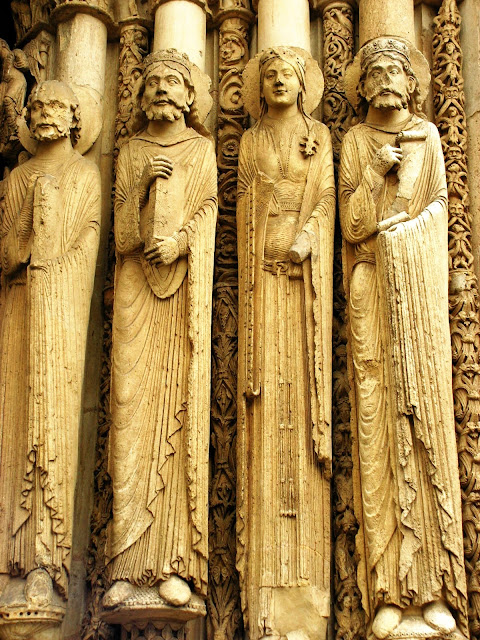 |
| German ladies |
The hook:
only using what I have on hand.
Sorting through scraps of linen, I decide to go with a heavy white. I rather have a color, but I figure I need multiple hats like any good lady and here I can test my skills on the basic. I may or may not bling it up later.
If you are following along to make your own:
- Iron should be on hottest setting, no steam.
- Trim interfacing to meet fabric, not other way around.
- Use 1/4 inch seams.
- Take the extra bits of advice I give.
 I need a 22 inch circumference, so I add 1 inch. I cut a 3 1/2 inch width.
I need a 22 inch circumference, so I add 1 inch. I cut a 3 1/2 inch width.
Cut two from heavy fusible interfacing designed for handbags. Thinking I may need something for the core, but will figure that out in a moment.

Attaching the interfacing and letting the pieces cool, they are stiff enough to stand on their own, but I want a bit more durability. I know some girls use leather, others plastic canvas. My problem, I don't have that. But I do have light canvas and more interfacing!! I figure I could make a sandwich using the two with under canvas add the filling. Cutting canvas at a 3 inch width, I give it a 22 inch circumference with the interfacing at the same. Iron together.

Now, trimming up the outer pieces, I match them up with right sides together and sew along top. I take a moment to open them and press with wrong sides together. This is a tremendously helpful step when you go to turn. Do not skip it. With wrong sides together, stitch bottom.

 Turn. (I took a pic of the turning, but it looked like a fabric penis, so no pic.) Press flat and lovely.
Turn. (I took a pic of the turning, but it looked like a fabric penis, so no pic.) Press flat and lovely.Take center insert and trim if needed to be slightly smaller than filet. Insert and pull through, use a pair of tongs to assist if needed at half way point.
 Insert one end into other and find correct size. Next fold raw edges under.
Insert one end into other and find correct size. Next fold raw edges under. Stitch closed.
Stitch closed. Ta da!!
Ta da!!













